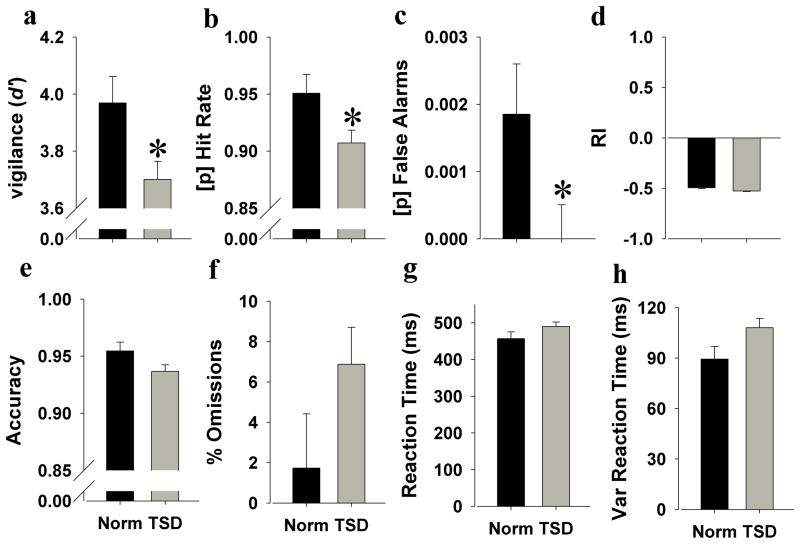Figure 2. Effects of TSD on 5C-CPT performance in humans.
TSD impaired vigilance as measured by reduced d′ (a) with a large effect size (Cohen’s d = 0.6). This TSD-impaired vigilance was partially driven by reduced overall hit rate (b; Cohen’s d effect size = 0.5) and lower non-target responses (c; Cohen’s d effect size = 0.15). Humans during TSD were slightly less responsive (d) and also made slightly less target responses (e) compared to humans after normal sleep. No significant difference between normal sleep and TSD was observed on the number of omitted trials (f). Mean RTs did not differ (g), but humans during TSD exhibited slight increased variable RTs compared to humans after normal sleep (h). Data are presented as the mean ± SEM, *denotes p<0.05 when compared with humans after normal sleep.

